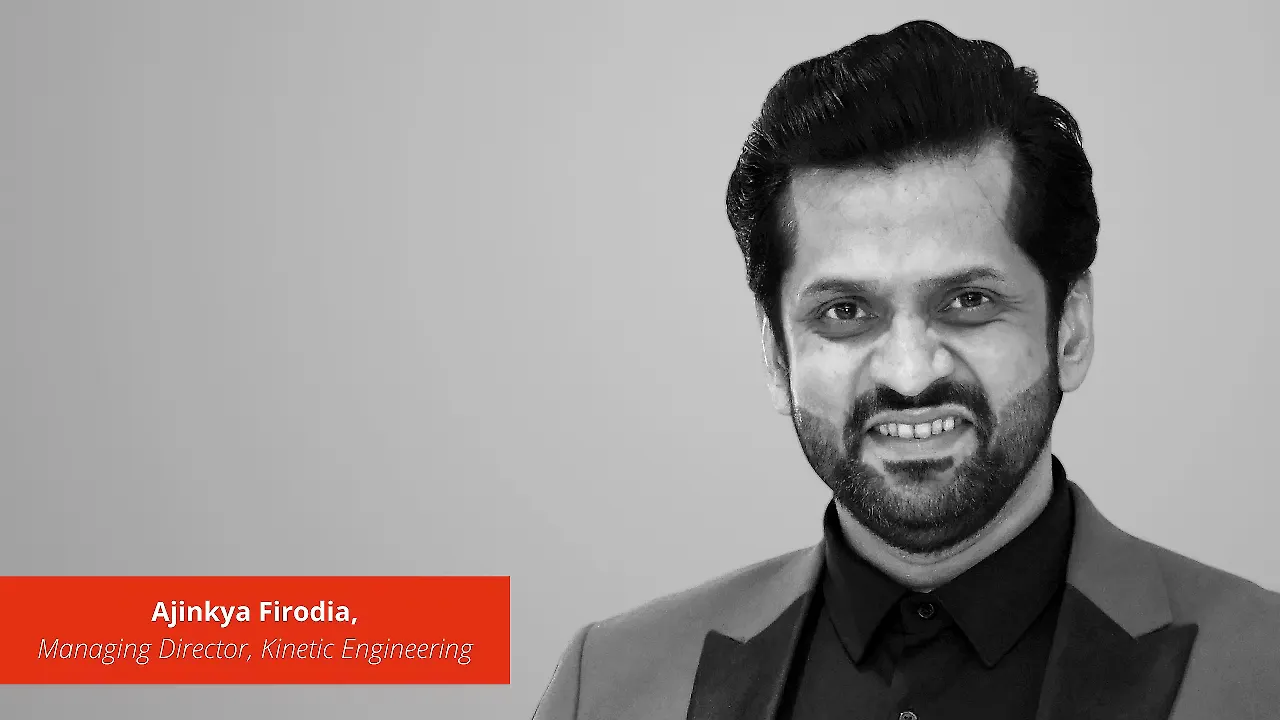
Ajinkya Firodia joined Kinetic Group in 2003 and has been an integral part of the senior management team at Kinetic. From 2003 to 2009, he worked as Senior Vice President, Sales and Marketing and was involved in the marketing of Kinetic scooters and products. In 2009, he took over as the Managing Director of Kinetic Engineering Limited. He is credited with turning around the operations of KEL from a heavy debt-making company to a profitable, growing company and continues to focus on the same, using his personal motto of “Stay in the Game”.
How has business been for Kinetic Engineering following the restructuring that you undertook?
Business has been fantastic. In the first lockdown in 2020, we were forced to take a back seat and view our business from a survival point of view because there were three to six months of complete lack of or very little activity. Once we resumed work around May, we were forced to cut down our overheads, look at our cost structures, and make the company nimble.
Suddenly around the June-August timeframe, once demand from our customers started, we went from manufacturing nothing to manufacturing at 120-130% of our capacity.
There was a lot of excitement and pressure, and we had to cut down our costs. Once the fat was gone, we were told to run, and that essentially gave us abs. The company became very fit – it started performing better and started to grow year on year, and started showing net profit results.
The lockdown due to the Delta variant was very difficult for us, because at that time the world was still working. As half of my sales come from export customers, we were forced to continue running the factories. Many caught the virus, but we had to keep the factories open, and expose them to risk. Of course, we took all precautions, but sales had to continue.
Our customers valued the efforts we took to keep the lines running. Our relations with them have become stronger, and I'm hoping that we get more business from our existing customers to be able to grow further. A couple of our big customers were shut for two to three months because of the semiconductor issue, but it's easing out now and they're back on track.
While undertaking the restructuring of the organisation, what were the areas you primarily focused on?
Mainly manpower. I'm lucky not to have had to take decisions myself, but a lot of people went looking for other opportunities or decided to retire themselves. A lot of mind-set changed in a lot of people – while a lot of younger people stayed in the game and took more responsibility, some unmotivated staff decided to go. My employee costs came down substantially because of that.
Secondly, a lot of our suppliers were not able to start because they are much smaller companies. Our engineering and production teams rose to the occasion, and developed those parts inside. A lot of insourcing happened, which brought material cost down substantially.
The third aspect was the strengthening of the dollar, which helped us, considering 50% of our sales comes from export.
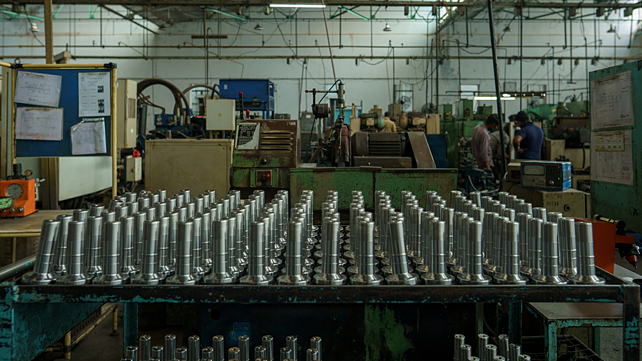
Did you have to also undertake any amount of consolidation in your supplier group?
Nothing substantial, because that was something we did before the restructuring exercise. A major part of the restructuring from being an OEM to auto component supplier was when eight years ago, I took the decision to do all forgings in-house. To have good control over inventory and cost, it's important that we do forging, which is low capex and high contribution operation in-house.
Today, we are doing 99% of our forgings in-house, which is about 500 tonnes in volume. I'm only buying the steel from outside.
How is Kinetic evolving through this whole transformation we see in the industry – from conventional IC engines to EVs?
Very well, and the credit for that goes to my father. He believed in electric in 2006, when Kinetic had launched an electric scooter. He's been pushing me to do something since 2016. At first, I must admit, I didn't believe him because I thought it's going to be a slow transition and it's not going to change overnight with the petrol lobby and stuff like that. But something has changed in the people’s mid-set and there is a huge boom, especially in the two- and three-wheeler category towards electric. It’s sudden, and it's tremendous.
Luckily, in the last four to five years, we have designed and developed gearbox-cum-axles for L3 and L5 vehicles in the three-wheeler category all by ourselves. We did this initially for our sister company Kinetic Green, but also for companies that are importing from China and selling all across the Delhi and Kolkata markets.
In September-October last year, supplies from China stopped for some reason, and we got an entry into this market and started selling to these 20-30 players, who are making 500-1,500 vehicles a month. We are now hoping to establish long-term contracts with these people for a 100% Indian product.
We have developed a 1-3 kW rigid axle for L3 vehicles, and a 5 kW transaxle that will go into bigger load-carrying electric three-wheelers, which are being made by Kinetic Green, Piaggio and Mahindra. We are also speaking to other big OEMs, and hopefully will supply these parts to them as well.
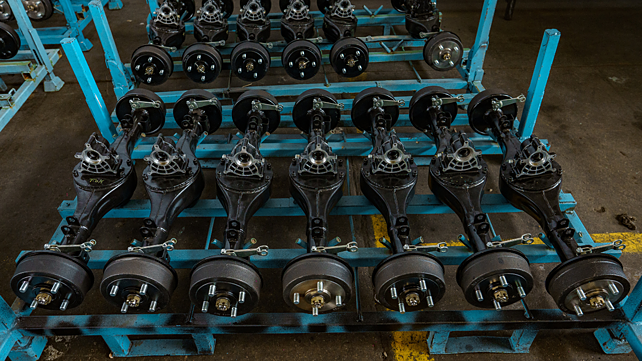
In the two-wheelers side, we are trying to develop a geared hub motor and a two-wheeler chassis. There are 300-400 companies importing Chinese scooters and selling in very large numbers, but the government is offering them incentives if they localise. We have a full-fledged body shop, press shop and paint shop, and we are trying to develop chassis for companies like that.
We are at that stage of business, where we have developed our products, and now have to make them price competitive, market them and have to further understand the customer. We are already at least two to four years ahead of people, who have just started to think about electric.
Where do you go from here?
This is a product that is made for India. As more two- and three-wheeler makers come, they will approach us. There is huge opportunity for us.
Secondly, American Axle is a major customer for us, and they count FCA, Ford and General Motors as their major customers. As they go electric, we are trying to get business for axles and gearbox components that go into their electric parts. Luckily, a gearbox is still required in EVs, unlike an engine or an oil pump. We have to make sure that we have a fine balance, where our contracts with the IC engine customers continue, even as we build our EV business.
Thirdly, the EV potential is now limitless because what the transition to electric does is it removes the monopoly of eight players and brings 300 players into the market. And we still don’t know which one of them will succeed with what strategy.
From making chassis to gearboxes, and controllers and speedometers through our sister company Kinetic Communications – we can offer complete kits. Even if we focus only on chassis and gearboxes, it can become an INR 1,500 crore venture, if we do it right. We are walking towards it, and at the right time it might spin-off into its own subsidiary company. It might raise funds based on its potential, but now is not the time – now is the time to get the product, the technology and the initial momentum for the sales.
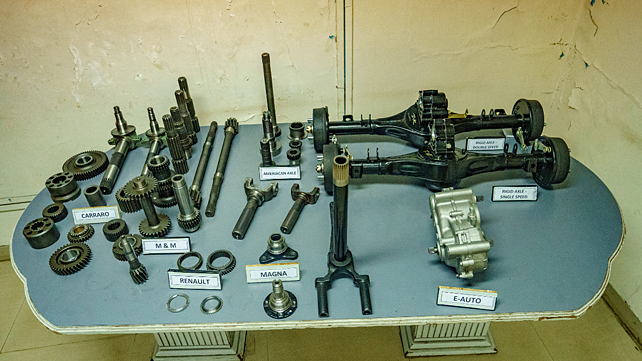
The next three to four years will probably be very crucial for the company. Is that the time you think you might have better clarity in terms of where you want to take this company?
I think so, because the change is very rapid. The time to do strategic thinking is 20%. And the time to do the operational running with the pace of the market is 80%. You have to just be very dynamic in the way you evolve.
Give us a sense of how you’ve grown your R&D and engineering capabilities in-house.
As far as manufacturing and process engineering goes, 80% of my team has been with Kinetic for more than 25 to 30 years. And they've developed people under them. Then, we have learned a lot about the systems and development processes from our customers, because they are the best in the world – be it Renault, Nissan, General Motors or Mahindra – we’ve learnt a lot from all of them.
In addition, Kinetic Green, which my sister runs, has a full-fledged R&D department. We have a tie-up with Magna Steyr India, where they help us with designing certain systems that we want in the group. We have an electronics company in the group as well, and we get that knowledge from them. Overall, we are all closely knit, and that helps us in staying relevant.
How do you see this transformation to EVs impacting your engine business?
I think the transition to electric will be mainly in two- and three-wheelers, whereas currently my customers are mainly trucks and passenger cars makers. For example, Renault is a big customer for me. The gears that we supply to Renault are used across eight platforms of Renault and Nissan in India, Brazil, Russia and China.
So, there is enough hedge in the short term for two to four years that doesn't really get effected until we are able to move over there. I'm in a good phase right now, where I must focus on electric, but the current business also continues. I must not let that collapse.
What kind of evolution do you see in transmissions for the conventional business?
I think we’ll see a lot of changes. Innovations will be more focused, and will be common between IC engine, electric, hydrogen, fuel cell, and hybrid. I'm also seeing that people are going to use transmissions as a technology to increase the efficiency of a motor in EVs. The battery and the battery management system can only derive power up to a certain limit. The next level of range can come from gears. The whole technology will move in that direction.
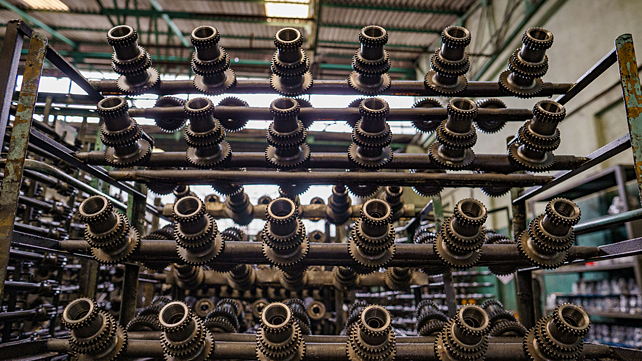
What kind of an impact have you had to take because of the semiconductor shortage, and when do you see the situation easing out?
Last quarter was where we saw the impact. It's a global phenomenon, and we are seeing lines stopping everywhere. Two of our customers went down, so our sales for the last quarter are going to be 30% down, for example. Based on my discussions with our worldwide customers, they feel the worst is behind us and somewhere around June-July 2022, they are predicting to be out of this semiconductor issue. I think we are nearing the tail end of this.
What are the other opportunities you see in the mobility ecosystem?
I think there would be various other opportunities. There is a market of these Segway-like electric scooters, not the traditional scooters. Every country, other than India, has gone berserk buying these foldable electric scooters. The global market of this has grown to 80 million units. It's not caught on in India yet, I guess, because the roads are bad or nobody's introduced it yet. I don't know if it ever will, but there's an opportunity there.
How does the future look for you as a company from a business perspective?
We are highly motivated. There are some new, very exciting projects coming up. We are making the chassis for the e-Luna, which is going to be launched by Kinetic Green very soon. The potential of that product is limitless. We have two to three really good products in the pipeline, and are hoping that these will come out in the next three to four months.
We are currently about INR 140-150 crore in revenue, and expect to close next year at about INR 200-250 crore.